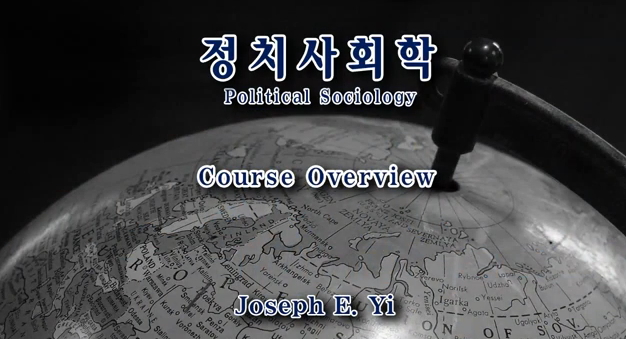Over the past two decades community foundations have begun acknowledging themselves as local leaders and looking to place-based change methods to benefit the communities they serve. Investigating how a community foundation performs these roles provid...
http://chineseinput.net/에서 pinyin(병음)방식으로 중국어를 변환할 수 있습니다.
변환된 중국어를 복사하여 사용하시면 됩니다.
- 中文 을 입력하시려면 zhongwen을 입력하시고 space를누르시면됩니다.
- 北京 을 입력하시려면 beijing을 입력하시고 space를 누르시면 됩니다.
https://www.riss.kr/link?id=T11142838
- 저자
-
발행사항
[S.l.]: Stanford University 2006
-
학위수여대학
Stanford University
-
수여연도
2006
-
작성언어
영어
- 주제어
-
학위
Ph.D.
-
페이지수
508 p.
-
지도교수/심사위원
Adviser: Milbrey W. McLaughlin.
-
0
상세조회 -
0
다운로드
소속기관이 구독 중이 아닌 경우 오후 4시부터 익일 오전 9시까지 원문보기가 가능합니다.
부가정보
다국어 초록 (Multilingual Abstract)
These questions are explored through combining data from case studies of three social change-focused initiatives of the East Bay Community Foundation (EBCF) in Oakland, California with an internet survey of U.S. community foundations. The case study analysis is based on interviews, document review, and observation from 2002 to 2006.
This research draws on social movement (notably, mechanism analysis) and institutional theory to develop models of third-party mobilization and institutionalization. Some of the findings from the EBCF case studies reveal needed adjustments to accepted frameworks of emergent mobilization and institutionalization. These modifications include: mobilization by a community foundation proceeds along two consecutive tracks, internal and external; during the second phase of mobilization the community foundation places an emphasis on relational mechanisms; successful, sustained third party mobilization requires a paradigm shift on the part of the target organizations; and institutionalization of the community foundation's goals may require that the partners form a collective identity.
The hybrid-elite nature of community foundations makes them structurally and relationally well-suited to facilitate these processes. Nevertheless, the survey reveals that while nearly 90% of community foundations participate in some form of community leadership, only 4% of the population are truly leaders with a social change approach. Generalists by design, risk-averse by nature, community foundations tend to shy away from true grassroots or policy engagement. The dissertation concludes with implications of the findings for community foundations interested in pursuing social change work and elaborates on propositions for future academic study.
Over the past two decades community foundations have begun acknowledging themselves as local leaders and looking to place-based change methods to benefit the communities they serve. Investigating how a community foundation performs these roles provides insights into the poorly-understood realm of elites in social movement philanthropy and how intermediary social movement organizations mobilize others and institutionalize successes. To examine these issues and more, this dissertation asks: (1) What does community foundation-led local change and leadership encompass? (2) How prevalent is this leadership among community foundations? (3) How does a community foundation mobilize others and institutionalize change? (4) How effective are community foundations at leading local social change?.
These questions are explored through combining data from case studies of three social change-focused initiatives of the East Bay Community Foundation (EBCF) in Oakland, California with an internet survey of U.S. community foundations. The case study analysis is based on interviews, document review, and observation from 2002 to 2006.
This research draws on social movement (notably, mechanism analysis) and institutional theory to develop models of third-party mobilization and institutionalization. Some of the findings from the EBCF case studies reveal needed adjustments to accepted frameworks of emergent mobilization and institutionalization. These modifications include: mobilization by a community foundation proceeds along two consecutive tracks, internal and external; during the second phase of mobilization the community foundation places an emphasis on relational mechanisms; successful, sustained third party mobilization requires a paradigm shift on the part of the target organizations; and institutionalization of the community foundation's goals may require that the partners form a collective identity.
The hybrid-elite nature of community foundations makes them structurally and relationally well-suited to facilitate these processes. Nevertheless, the survey reveals that while nearly 90% of community foundations participate in some form of community leadership, only 4% of the population are truly leaders with a social change approach. Generalists by design, risk-averse by nature, community foundations tend to shy away from true grassroots or policy engagement. The dissertation concludes with implications of the findings for community foundations interested in pursuing social change work and elaborates on propositions for future academic study.











